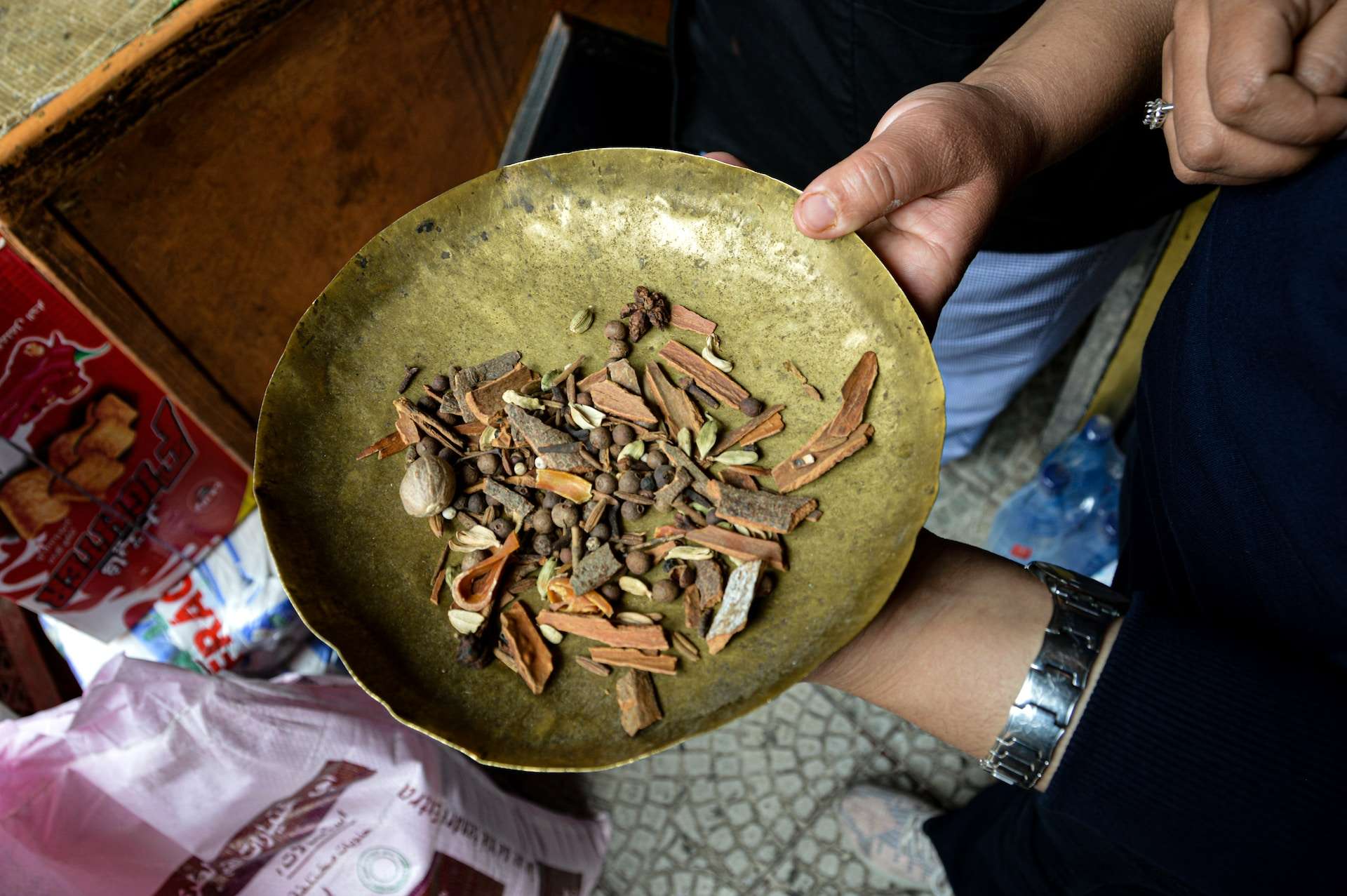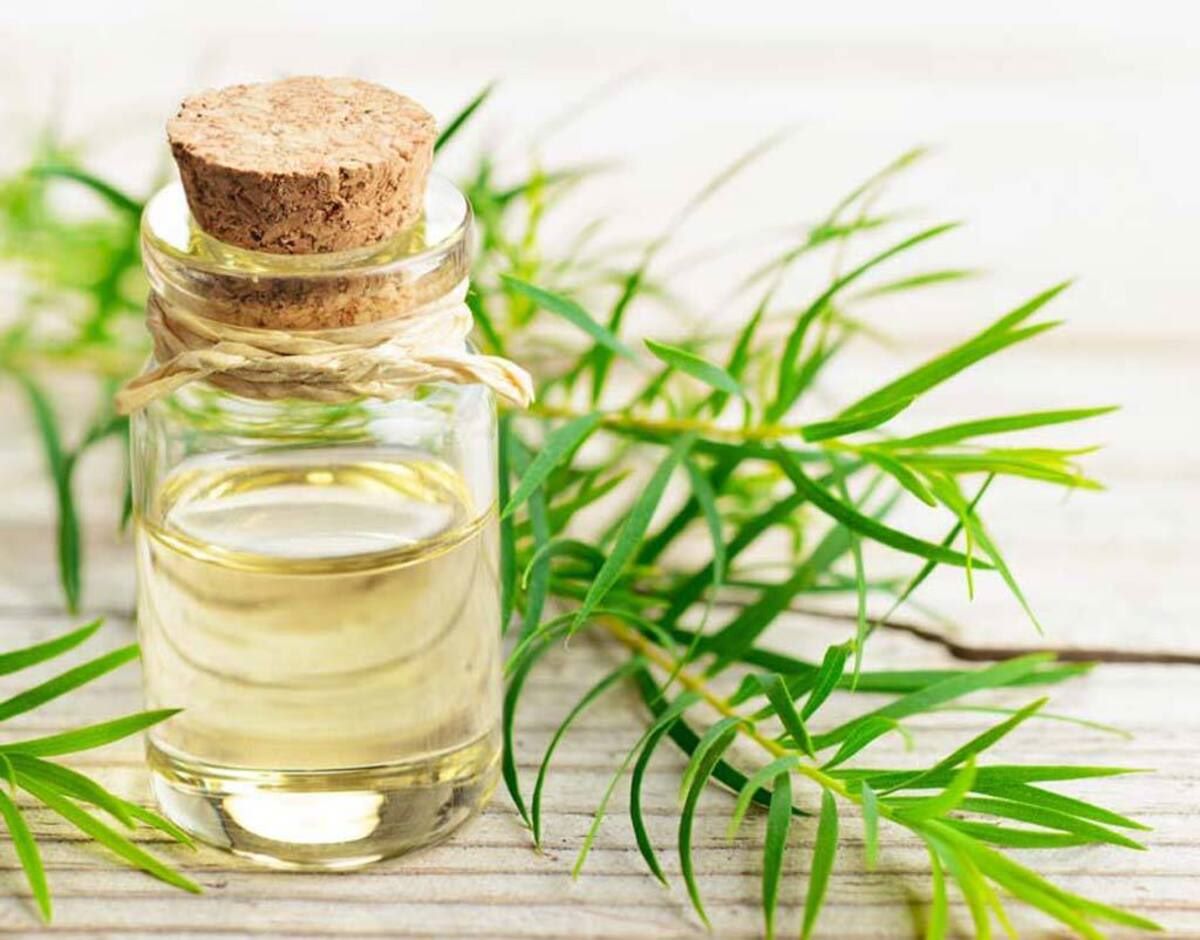
Mace is a spice that has been used for centuries in cooking and traditional medicine. Derived from the outer covering of the nutmeg seed, mace provides a unique and distinct flavor profile to a variety of dishes. While it may not be as widely known as its counterpart, nutmeg, mace holds its own with its numerous benefits and fascinating facts. In this article, we will explore 14 interesting facts about mace that will surely pique your curiosity and deepen your appreciation for this versatile spice. From its origins and production methods to its health benefits and culinary uses, we will delve into all aspects of this hidden gem in the world of spices. So, sit back, relax, and get ready to discover the intriguing world of mace!
Key Takeaways:
- Mace is a versatile spice with a rich history. It’s used in sweet and savory dishes, has medicinal properties, and is a key ingredient in Indian cuisine and festive recipes.
- Mace is not just a spice, it’s also a natural food coloring and a potential aphrodisiac. It’s rich in antioxidants, has antimicrobial properties, and can be stored for a long time.
Mace is derived from the red, lacy outer covering of the nutmeg seed.
Mace is obtained from the aril of the nutmeg seed, which is the bright red, lacy covering that surrounds the seed. It is harvested and dried to produce the spice known as mace.
Mace has a similar flavor profile to nutmeg but is slightly more pungent.
The flavor of mace is warm, aromatic, and slightly sweeter than nutmeg. It shares many similarities with nutmeg but has a slightly stronger and more pungent taste.
Mace is widely used in both sweet and savory dishes.
Due to its versatile flavor, mace is used in a variety of dishes. It is commonly found in baked goods, soups, stews, sauces, and even some beverages.
Mace has been used for centuries for its medicinal properties.
Mace is believed to have various health benefits. It has been used in traditional medicine to aid digestion, relieve pain, and improve appetite.
Mace contains essential oils that have antimicrobial properties.
The essential oils found in mace, such as myristicin, have been shown to possess antimicrobial properties, making it beneficial in preventing the growth of bacteria and fungi.
Mace is rich in antioxidants.
Antioxidants help protect the body against damage from free radicals, which can contribute to the development of chronic diseases. Mace is a good source of antioxidants, which can help boost overall health.
Mace is used in some traditional remedies for treating digestive issues.
In Ayurvedic and traditional Chinese medicine, mace has been used to treat digestive problems such as indigestion, bloating, and constipation.
Mace is used as a natural food coloring.
The vibrant red color of mace can be used as a natural food coloring agent, adding an attractive hue to dishes and beverages.
Mace was highly valued during ancient times.
In ancient civilizations, mace was considered a luxury spice and was highly prized. It was often used in religious ceremonies, as well as in perfumes and cosmetics.
Mace is used in the production of certain spirits and liqueurs.
Mace is a common ingredient in the production of some spirits and liqueurs, adding depth and complexity to their flavors.
Mace can be stored for a long time without losing its flavor.
When stored in an airtight container in a cool, dark place, mace can retain its flavor for up to two years.
Mace is an integral spice in Indian cuisine.
In Indian cooking, mace is widely used in spice blends and curries, adding a unique aromatic quality to the dishes.
Mace is believed to have aphrodisiac properties.
In certain cultures, mace has been used as an aphrodisiac, believed to enhance libido and improve sexual performance.
Mace has a long history of use in traditional festive recipes.
Mace has been traditionally used in holiday recipes, such as mulled wines, festive desserts, and spiced drinks, adding a warm and festive touch to the flavors.
Conclusion
In conclusion, mace is a versatile spice that has a rich history and numerous benefits. From its origins in the tropical regions of East Asia to its usage in various cuisines around the world, mace has proven to be an essential ingredient in adding depth and flavor to dishes. Its distinct aroma and taste make it a popular choice in both sweet and savory recipes.
Not only does mace enhance the flavor of food, but it also offers several health benefits. Its anti-inflammatory properties can help reduce pain and inflammation, while its antioxidant content may contribute to overall well-being. Additionally, mace contains essential minerals and vitamins that support various bodily functions.
Whether you’re a culinary enthusiast or simply looking to diversify your spice cabinet, incorporating mace into your cooking can bring a unique and delightful experience. So, why not add a pinch of this exotic spice to your next culinary adventure?
FAQs
Q: What is mace?
A: Mace is the outer covering or aril of the nutmeg seed. It is a spice known for its intense aroma and warm, sweet, and slightly spicy flavor.
Q: How is mace different from nutmeg?
A: Mace and nutmeg come from the same plant, but they are different parts of the seed. Mace is the outer covering while nutmeg is the seed itself. They have similar flavors but differ slightly in terms of intensity and usage.
Q: What dishes can mace be used in?
A: Mace is a versatile spice that can be used in both sweet and savory dishes. It works well in baked goods, custards, sauces, soups, stews, and marinades, among others. Its delicate flavor profile adds warmth and complexity to a wide range of recipes.
Q: Are there any health benefits associated with consuming mace?
A: Yes, mace has various health benefits. It is rich in antioxidants, which help protect the body against oxidative stress. Mace also has anti-inflammatory properties that may assist in reducing pain and inflammation. Additionally, it contains essential minerals and vitamins that support overall health and well-being.
Q: Can mace be substituted with nutmeg?
A: Yes, you can substitute mace with nutmeg in most recipes. However, keep in mind that nutmeg has a more intense flavor, so you may need to adjust the quantity accordingly.
Mace's culinary and medicinal properties make this spice truly fascinating. For those interested in learning more about this versatile ingredient, consider exploring our other articles. Star Wars fans might enjoy delving into the life of Mace Windu, a powerful Jedi Master known for his unique lightsaber style and leadership during the Clone Wars. Whether you're a food enthusiast or a sci-fi aficionado, there's always more to discover about the world of mace and beyond.
Was this page helpful?
Our commitment to delivering trustworthy and engaging content is at the heart of what we do. Each fact on our site is contributed by real users like you, bringing a wealth of diverse insights and information. To ensure the highest standards of accuracy and reliability, our dedicated editors meticulously review each submission. This process guarantees that the facts we share are not only fascinating but also credible. Trust in our commitment to quality and authenticity as you explore and learn with us.


